Bonn, 6 July 2022
With buildings and construction making up 37% of energy-related CO2 emissions globally, an event at the recent UN Climate Conference in Bonn focused on the sector’s critical role in enhancing and reporting climate action under the Paris Agreement.
In the face of the climate emergency, the building and construction sector needs to assume a vital role in leading the shift to low-emissions and climate-resilient development. But in many countries, the scale of emissions from buildings and construction, and the main sources of emissions, are unknown. There is an urgent need to measure and report existing emissions in a robust and efficient way, to prioritise and implement actions to reduce them. There is also a need for a coherent, coordinated, and multilateral approach across the value chain for a greater impact.
The recently published UNFCCC Buildings Monitoring Compendium supports developing countries in:
- Enhancing their knowledge of sectoral greenhouse gas emissions
- Setting emissions reduction targets
- Designing effective mitigation and adaptation sectoral policies
The Compendium is a valuable tool developing countries can use to implement the Paris Agreement’s enhanced transparency framework (ETF) and contribute to the global stocktake process. It was developed by UNFCCC with support from PEEB in collaboration with BPIE.
"The compendium is useful not only for policymakers in government but also for the construction industry, for civil society, for any other stakeholders who have an interest and the will to reduce greenhouse gas emissions from buildings and construction”, said Oliver Rapf, Executive Director, Buildings Performance Institute Europe (BPIE), and one of the authors.
“The compendium is designed to inspire change, to increase knowledge and capacity to address the climate impact of this very important sector. We need to make sure that we bend the emissions curve, that the buildings of the future are sustainable, green efficient buildings powered by renewable energy and which are affordable buildings to meet the needs of the billions of people on the planet", he added.
The event organized by the UNFCCC, PEEB and BPIE in Bonn on 11 June called out the stakes, opportunities and challenges of climate action in the building and construction sector. Speakers called out very clearly the opportunities that must be seized, especially leveraging the Compendium, highlighted the critical importance of having all players on board, and also the challenges in this sector, first and foremost the insufficient pace of change.
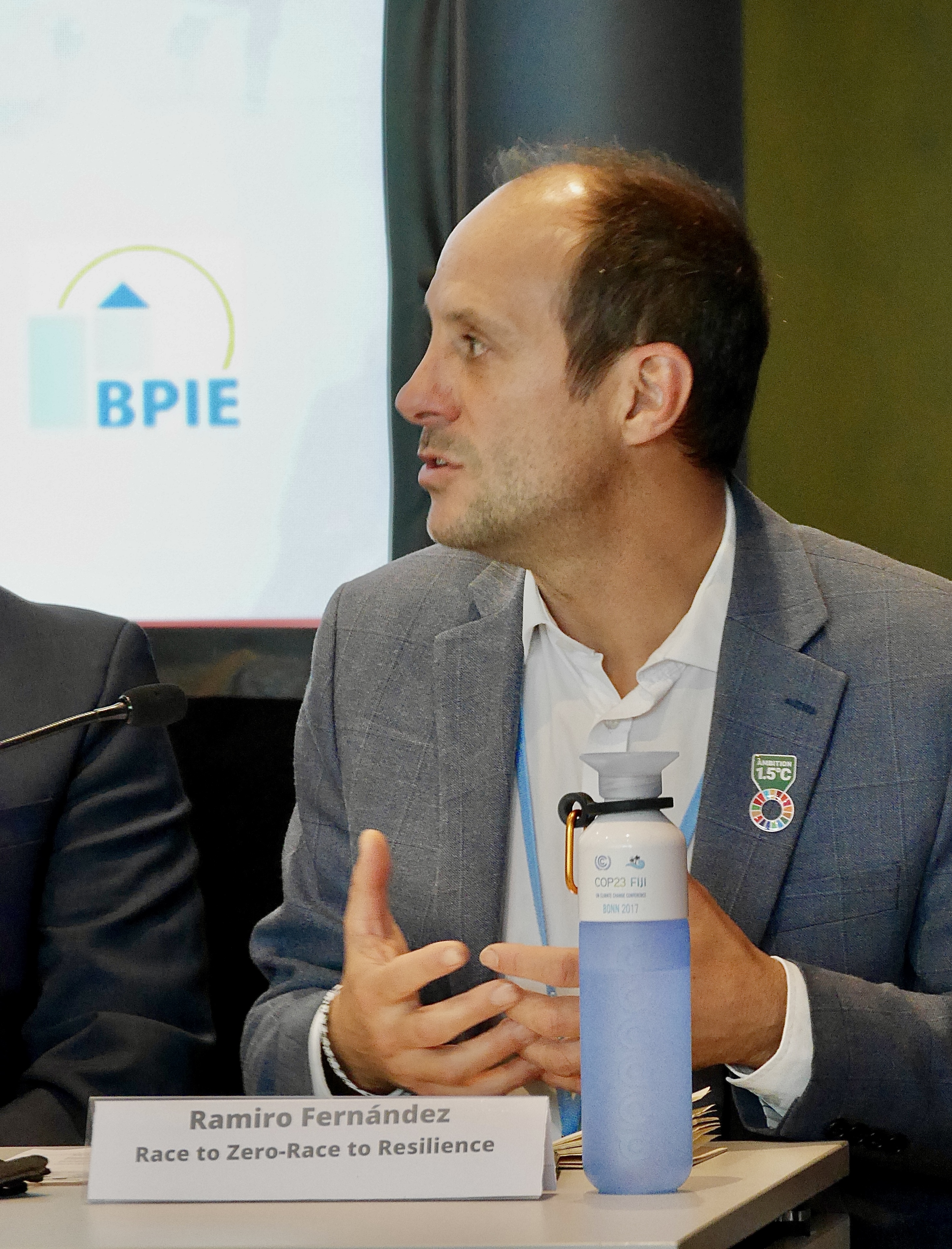
Ramiro Fernández, Director of the Race to Zero and Race to Resilience Campaigns Director, High-Level Climate Champions Team, emphasised the relevance to different parties and non-state actors of this sectorial approach, to accelerate the implementation of existing plans, but also to enhance the overall ambitions.
“We know this sector is a sleeping giant. There's a huge potential to enhance emissions reduction, but also this is a huge risk if we keep the business as usual trends in these areas. So definitely this compendium comes in a critical moment”, he said.
He also stressed the need for a multi-stakeholder approach to work with all the industries and sectors, with the local and national governments and with the energy sector as critical steps to achieving progress.
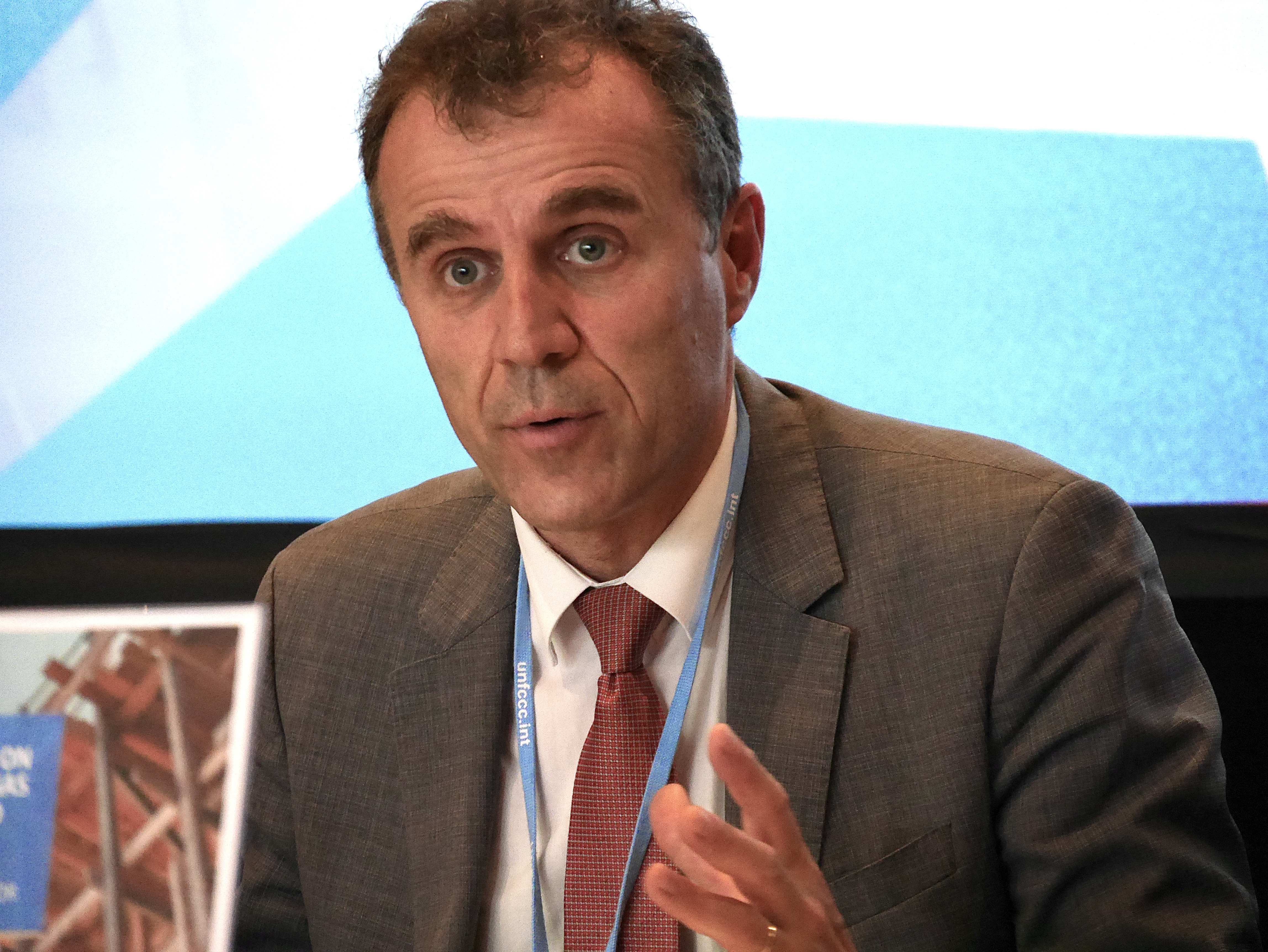
Stephane Crouzat, Climate Ambassador for France, reminded that a huge portion of all greenhouse gas emissions come from the building sector, and it’s absolutely essential to concentrate on addressing those, especially because we know emissions are going to increase as the global built area is expected to double within the next 30 years.
Ambassador Crouzat mentioned the strong headways made in Europe towards decarbonising buildings, for instance introducing technical regulation lifecycle carbon thresholds for new buildings.
“Europe is doing a lot of great things and trying to work towards zero positive emission buildings. The buildings sector is the second most cited policy in nationally determined contributions after renewable energy development”, he said.
But, similarly to other speakers, Ambassador Crouzat highlighted the critical need to pick up the pace: “We think that the building sector is so important that it deserves an extra push. You remember how in Glasgow there were the Glasgow breakthroughs on power, road, transport, steel, hydrogen, and we feel there is space for a breakthrough in the building sector.”
Nora Steurer, from the Global Alliance for Buildings and Construction, stated several key facts and figures that support that the buildings sector “has one of the most cost-effective mitigation potentials of any industry and it has massive co-benefits, including job creation”.
Steurer stressed that although we are making progress, “the percentage of countries that have mandatory building energy codes is far too low, at 22%. The transformation of the sector is a must.”
Jigme, Manager at the UNFCCC Transparency Division, provided important context on the finalization of the Paris Agreement’s operational rules at COP26 in Glasgow, propelling us past the design phase into the implementation phase.
However, this implementation is very urgent, because the current actions are far short of what is required by science and IPCC. “There are many challenges and opportunities, in my view, in the building sector as it continues to do its part to decarbonise and build climate resilience”.
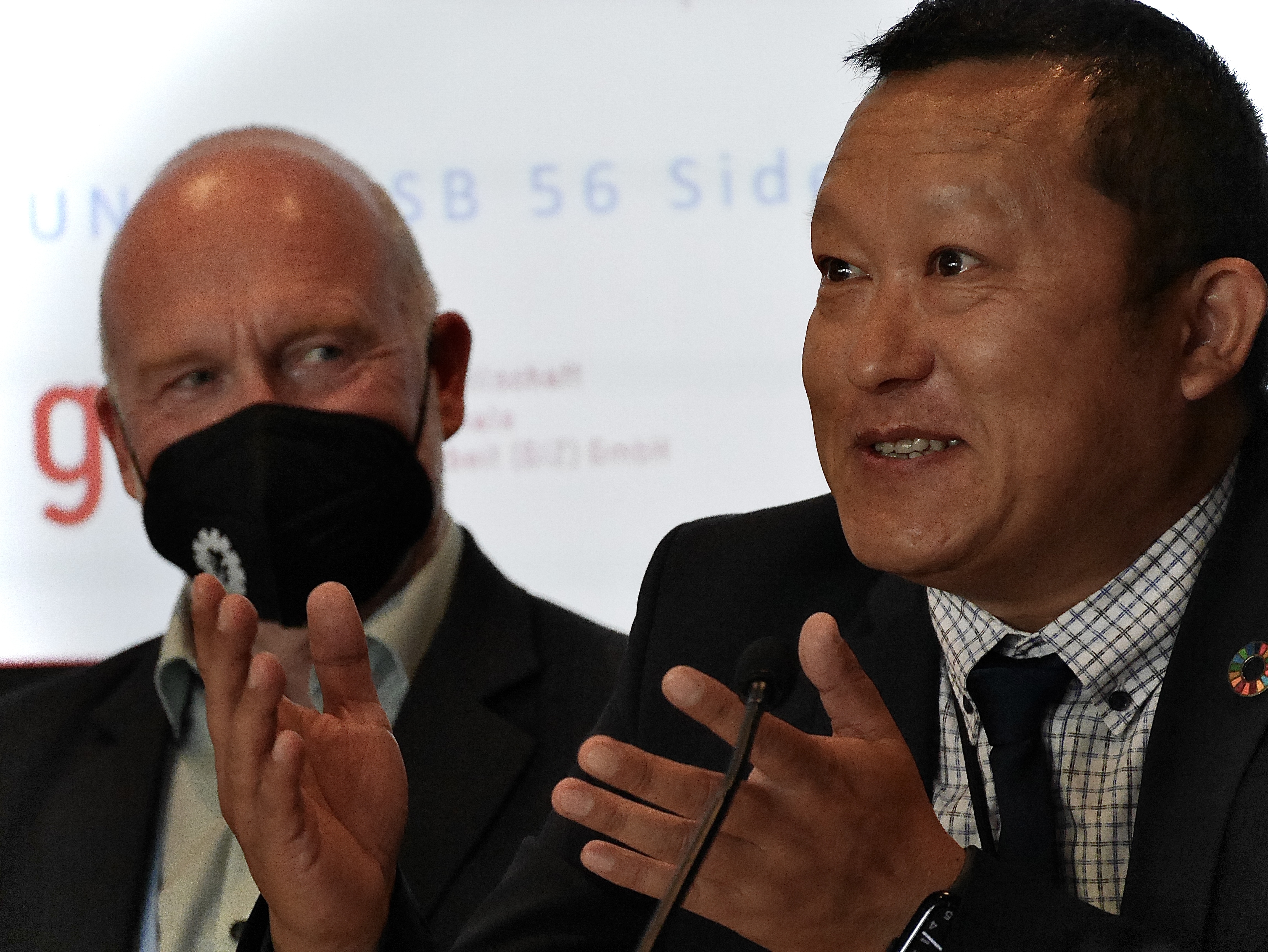
Jigme highlighted the importance of the Compendium, particularly for developing countries, in making science- and evidence-based decisions and policy choices. He stressed that the Compendium “can allow them to harness the maximum possible ambition within this sector”.
Oliver Rapf, Executive Director, Buildings Performance Institute Europe (BPIE), expanded on the purpose of the compendium, as a practical tool for policymakers and practitioners to develop mitigation strategies, monitor progress and collect data. All of this is designed to support the development of indices in this sector, and includes data, methodologies on the one hand, and practical strategies and measures on the other hand.
“The per capita use of building surface is growing. That's a trend, of course, which is driven by growing wealth, but it's also simply driven by the fact that there are still a lot of people on this planet who do not have access to decent housing. So, of course, the building surface will have to grow. Globally, the question is how can we make sure that this does not hinder us from achieving the Paris Agreement? The good news here is that we have a certain degree of decoupling between the growth of the surface and the growth of energy consumption and emissions. But the bad news is we're not bending the curve. We're still growing both emissions and energy consumption.”
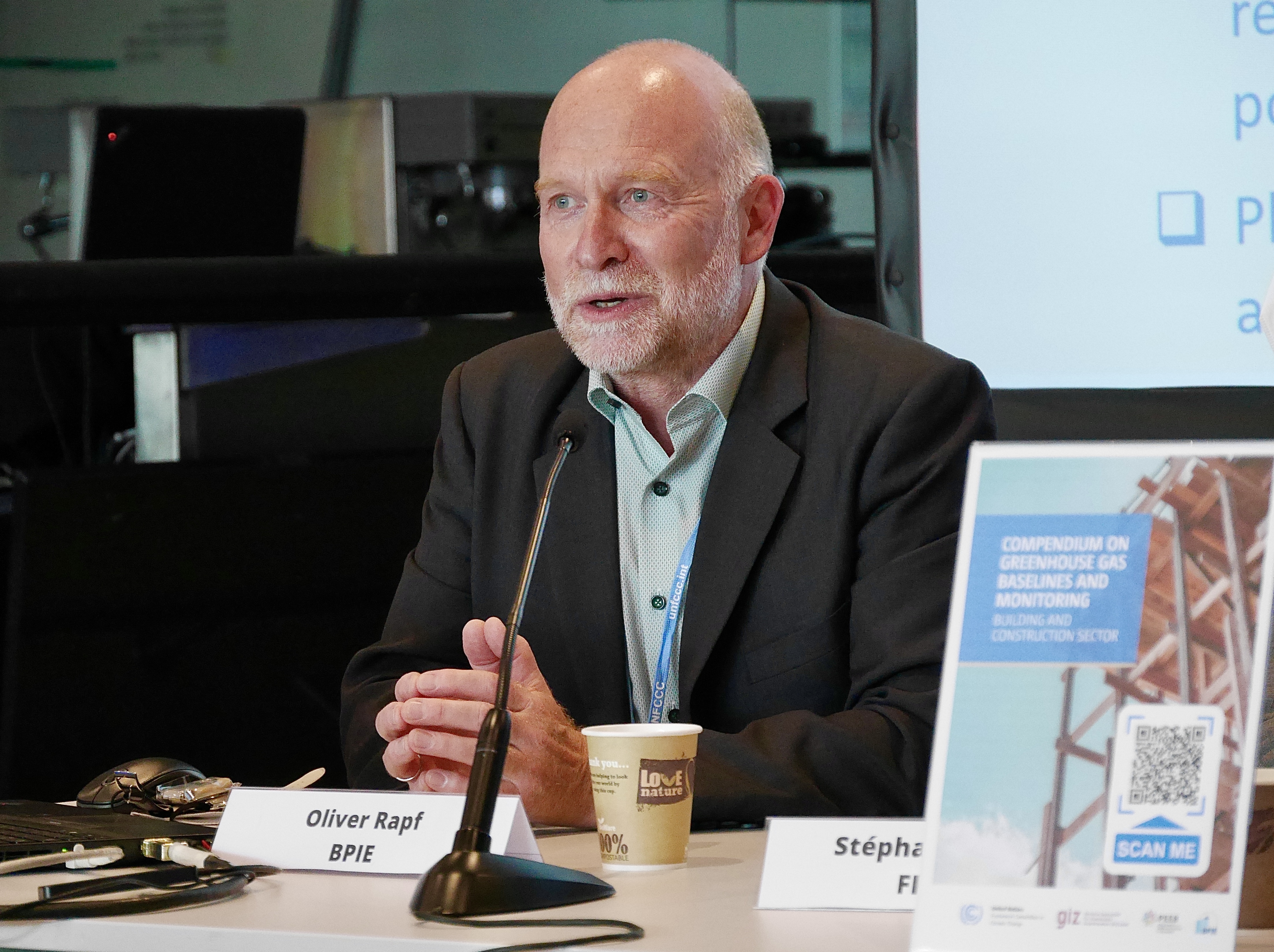
Rapf also remarked that all phases of the building's lifecycle are important, but the use phase represents the bulk: over 70% of GHG emissions from the sector are produced in the use phase, usually for heating, cooling, and lighting. This phase is, therefore, a clear priority, followed by the production phase and the end of life.
The palette of available policies is very rich, he said: “When policymakers think about what is possible, a very wide range of policies is available. They range from completely voluntary actions such as labelling of buildings or simply awareness-raising to mandatory performance standards for buildings or even mandatory renovation.”
Régis Meyer, Decarbonisation expert at the Ministry of Ecological Transition, France, shared insights about the National Low-Carbon Strategy and the role of buildings, and gave examples of regulations based on progressive obligations. “We succeeded to reduce only by about 12% of emissions during the last seven years. So now we have to speed up, and the aim is to almost fully decarbonise, going from 90 million tons of CO2 to 5 million tons of CO2 emissions from the building sector”, he added.
Régis Meyer also highlighted that the new French regulation in force since January 2022 is one of the first of its kind, and is expected to lead to a decrease of 30% of embedded carbon in construction between now and 2030. Also in terms of resilience, he stressed that “it is essential to adapt the buildings’ new designs to the future climate”.
Jérémy Bourgault, PEEB Programme Officer, Agence Française de Développement (AFD), stated that “massively investing in decarbonisation and resilience of our built environment is a unique opportunity to create local jobs and build capacities, notably in the aftermath of COVID 19, improving energy security and resilience to heat and extreme weather events of our infrastructures, and therefore our local communities.”
Bourgault also mentioned that development finance institutions have a significant role to play in shifting global finance towards greener buildings and construction practices. The share of such investments needs to increase drastically over the coming years, he said.
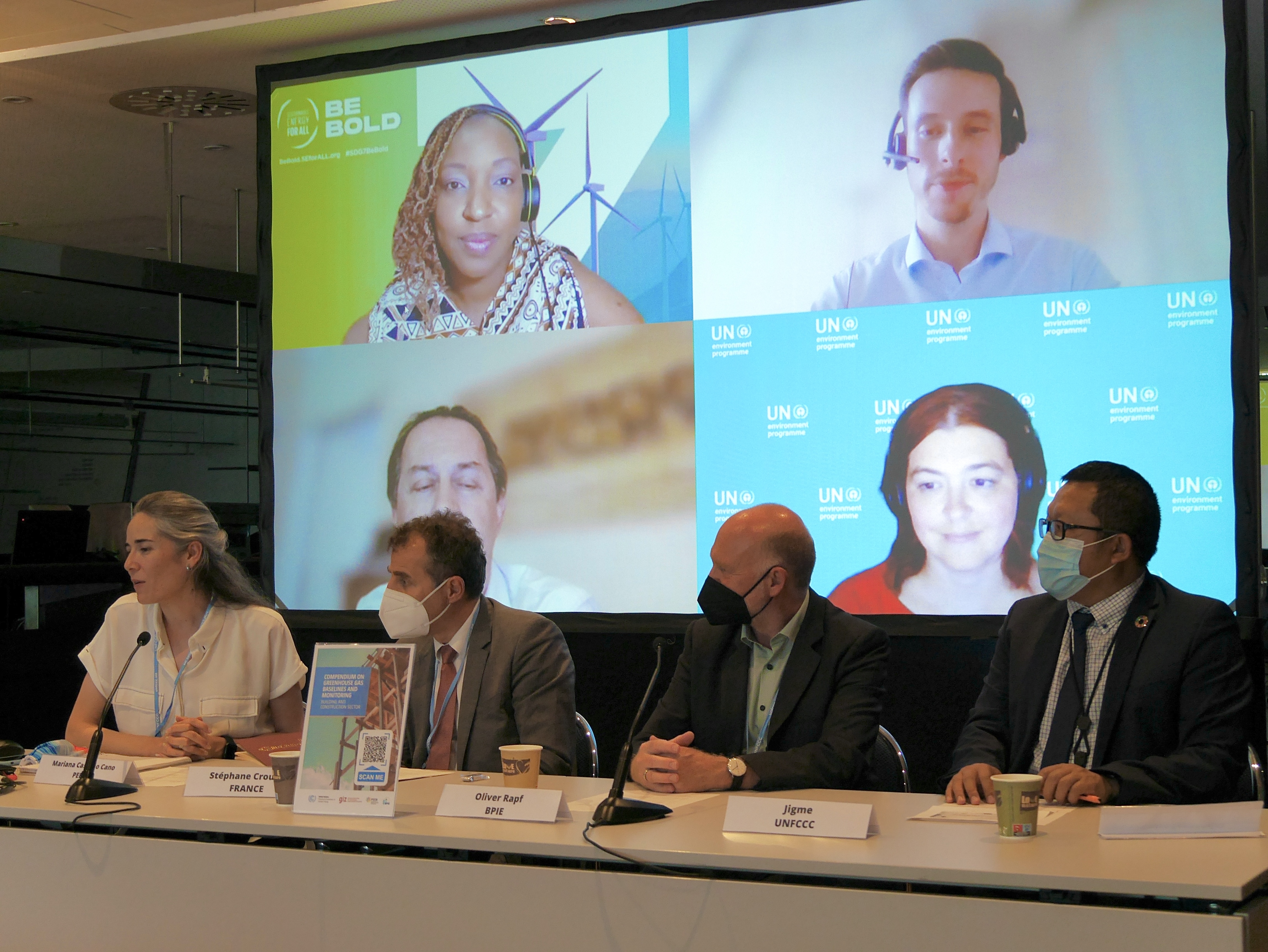
Elizabeth Chege, Energy Efficiency & Cooling Specialist, Sustainable Energy for All (SEforALL), stressed the need for more climate finance flowing into the sector, noting that in every $100, only 3% is invested in energy efficiency. Meanwhile though, “some of the countries across the [African] region have already started doing their national and energy efficiency plans, and part of that is to have a strategic plan as well as an implementation plan. Beyond that, we see that a lot of the countries also looking at upgrading the building codes if they have them.”
Chege also emphasized that with 800 million more people living in the African region by 2050 the need for low-emissions and resilient buildings in a warming climate is a major challenge ahead. The energy expert emphasized that in the world today, “1.2 billion rural and urban people are at high risk by 2030 because they lack access to cooling, and this access to cooling is not just air conditioning or thermal comfort, it's also cooling for our hospitals, vaccines or agricultural production”, among others critical needs.
In closing the event, Elizabeth Chege provided an additional perspective on buildings, observing that “we really need to have a balance between biodiversity and the built environment, and there's no reason to treat them separately. We need to work together.”
By viewing the video, you agree that your data will be transmitted to YouTube and that you have read the privacy policy.


 more
more